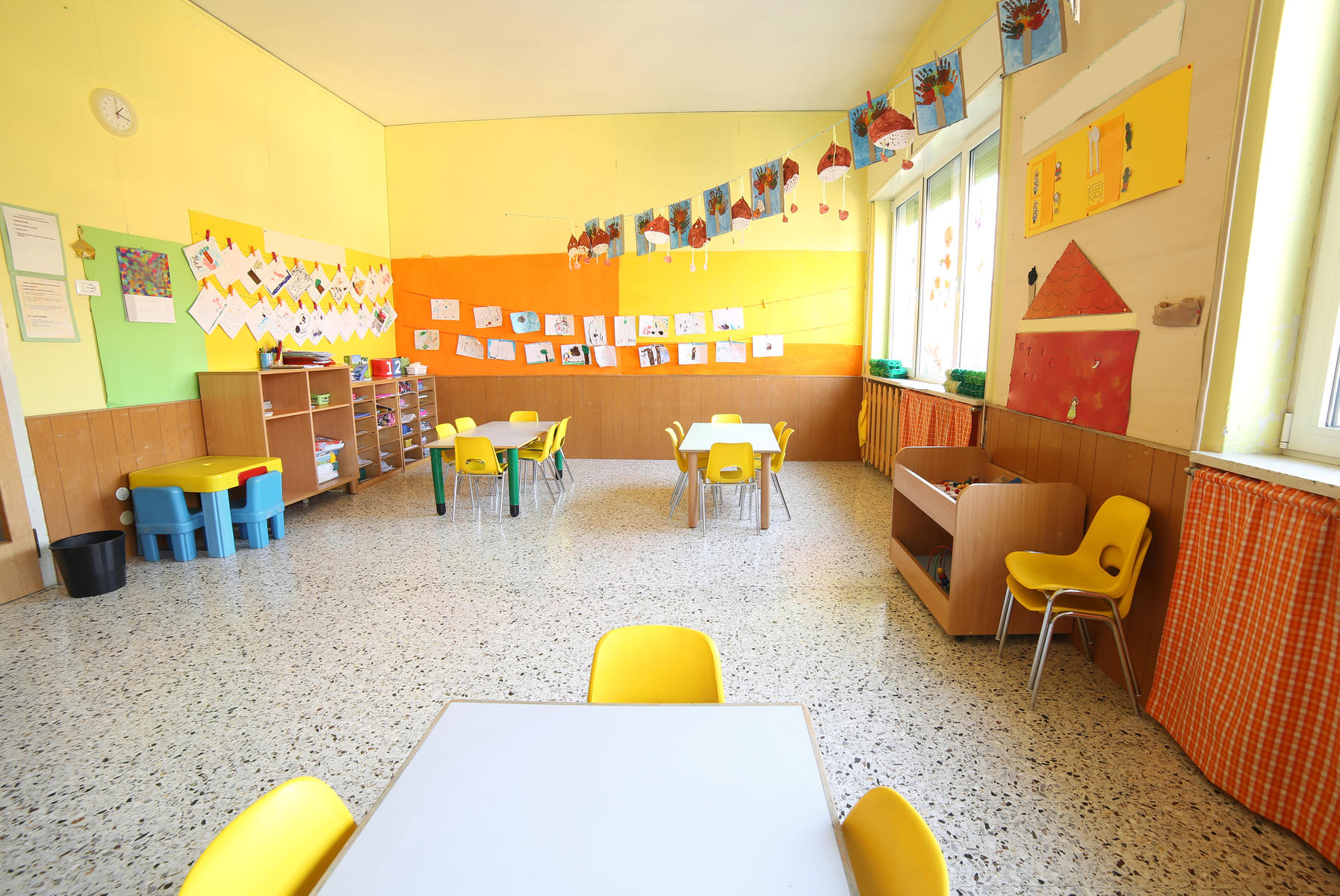
It is now clear that a number of paediatric emergencies with a neurological presentation, including hemiparesis, visual loss, seizures and coma, commonly have a vascular basis which may not be obvious on CT scan. Although many children do well, as there is significant mortality as well as morbidity for childhood stroke, in addition to a high risk for recurrence, making a diagnosis in the acute phase important. Venography and arteriography (including the neck vessels if the intracranial vessels are normal) are usually indicated despite the problems i.e. contrast CT requires a high dose of radiation while emergency MR usually requires anaesthesia and conventional arteriography carries a small risk of stroke. Surgical decompression may be life-saving in ischaemic as well as haemorrhagic stroke. It is unusual for children with anterior circulation stroke to be triaged quickly enough (<4.5 h) for thrombolysis but this may occasionally be appropriate in posterior circulation occlusion associated with coma, where the time window is longer (<12 h). Anticoagulation carries relatively low risk and may be of benefit for children with venous sinus thrombosis (acutely and when at risk subsequently) or extracranial dissection. Aspirin to attempt to reduce the recurrence risk is appropriate in the medium term for the majority of patients with arterial ischaemic stroke. Iron and B vitamin deficiencies should be excluded or treated.




